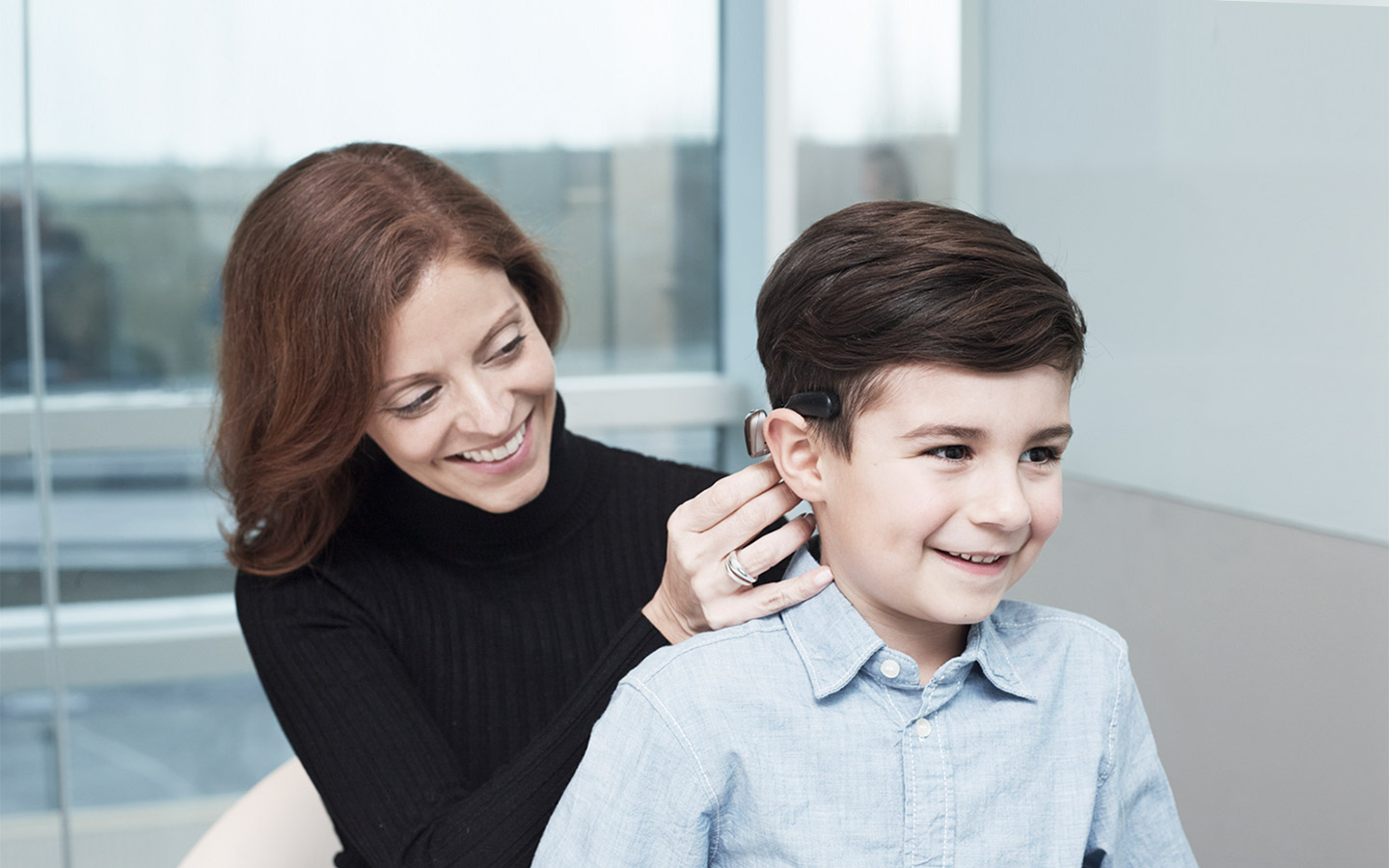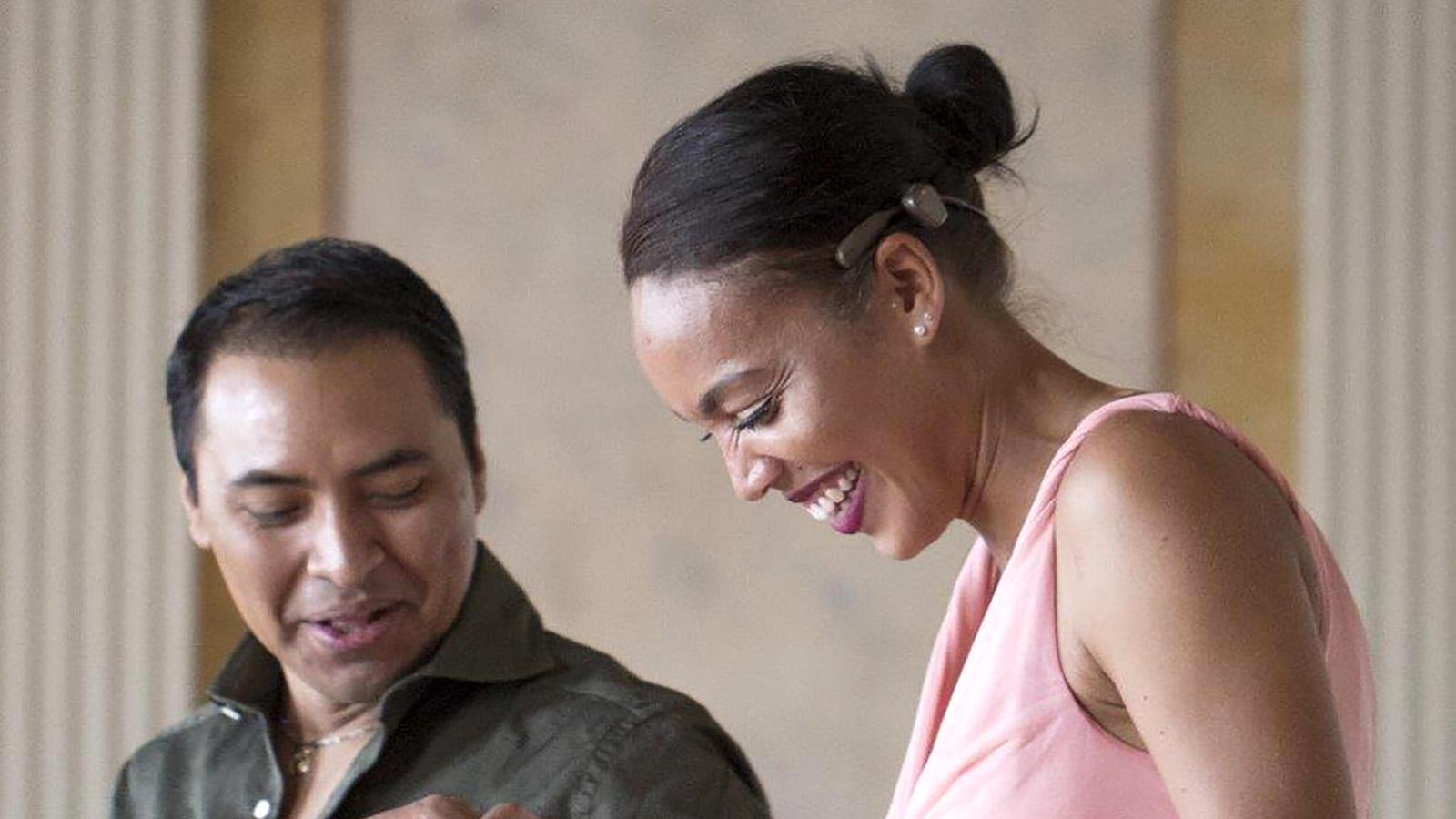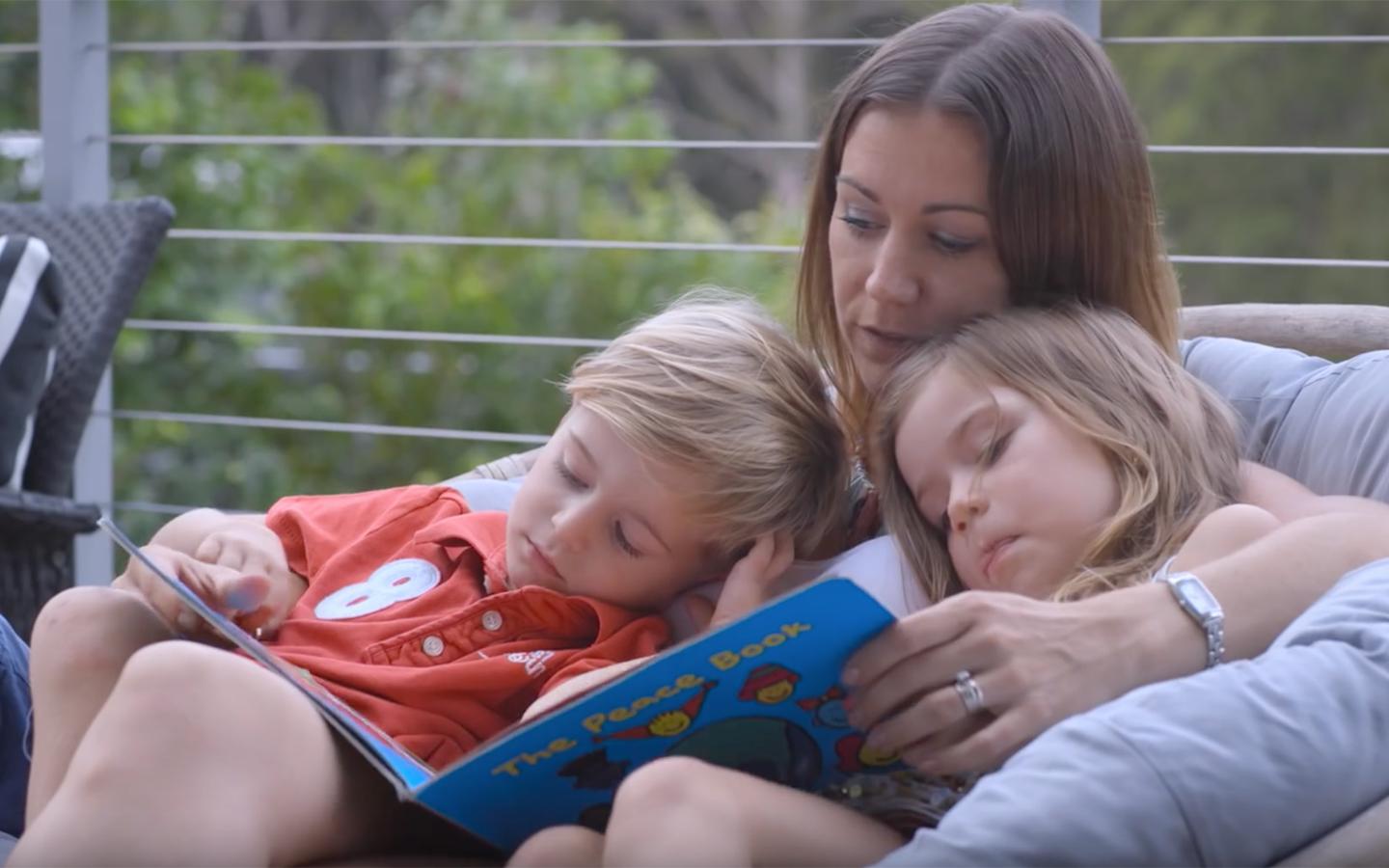Your child's Baha® fitting
This is an important time in your child’s hearing journey. Prepare with questions to ask their hearing health professional.

What you'll find on this page
- Questions to ask your child's hearing health professional.
- Information about your child’s first fitting and programming session.
- Tips for the first few months after the sound processor is turned on.
As your child's fitting (programming) day approaches, you'll feel nervous and excited.
To help you prepare, we've compiled a list of questions to ask your child's hearing health professional.
These questions will help you know what to expect at the first programming appointment and get everyone ready for life with a new hearing device.
Questions for parents to ask about fitting day and beyond
- What happens during the appointment?
- What does programming the sound processor feel like?
- Will my child hear right away?
- How will it sound?
- How long will it take my child to adjust to the new sound?
- How do I put on my child's device and can they put it on themselves?
- How does it work?
- What tips do you have for using the new device?
- How often will I need to charge or change the batteries?
- How do I store and care for the device?
- What resources do you recommend for rehabilitation?
- What happens if my child's hearing changes over time?
- Is there a network of families of bone conduction implant recipients that I can connect with?
If you do not know the answer to any of these questions, please follow up with your hearing health care provider.
What usually happens on fitting day?
Your child's hearing health professional will explain how the sound processor works and how to care for it.
They will then fine tune the settings on your child’s sound processor and set the volume levels for different pitches that are right for your child. This may take some time, but it's normal.
Your child will start by listening to a series of tones — similar to a hearing test — as the hearing health professional calibrates the sound processor.
Next, the hearing health professional will usually test to see if your child can hear your voice.
Your child's brain may need time to adjust, or he or she may immediately begin to recognise the sounds they had been missing. Individual responses may vary.
"The moment we put the Baha 5 [Sound Processor] on him (Jackson), it was magical. He smiled and looked at me as I softly spoke and said his name. My heart melted and that moment validated any questions we had about whether or not we were doing the right thing."
- Amanda, mother of Jackson C, Cochlear™ bone conduction implant recipient
What to expect after your child's sound processor is turned on
Over the next several months, your child will probably have a series of appointments with the hearing health professional to fine tune the sound processor’s programs. This is to make sure your child is hearing at their best.
You should also follow the guidelines for care and maintenance, which vary for each device.
We offer many "how to" videos, and our customer service team can help answer your questions.
Patience and persistence will pay off
As with anything, practice (at home and with specialists) is important to your child's hearing success. They'll need to practice listening and speaking as much as possible.
Please remember that progress may take time. However, being patient, persistent and consistent can help a great deal.
Cochlear has a range of rehabilitation materials that your clinic can advise you about.

Disclaimer
Please seek advice from your health professional about treatments for hearing loss. Outcomes may vary, and your health professional will advise you about the factors which could affect your outcome. Always follow the directions for use. Not all products are available in all countries. Please contact your local Cochlear representative for product information.
For a full list of Cochlear’s trademarks, please visit our Terms of Use page.
Views expressed are those of the individual. Consult your health professional to determine if you are a candidate for Cochlear technology.
In Australia, Cochlear™ Nucleus® implant systems are intended for the treatment of moderately severe to profound hearing loss.
In Australia, Baha® bone conduction implant systems are intended for the treatment of moderate to profound hearing loss.
In Australia, the Cochlear™ Osia® System is indicated for patients with conductive, mixed hearing loss and single-sided sensorineural deafness (SSD) aged 10 years and above with up to 55 decibels sensorineural hearing loss. Patients should have sufficient bone quality and quantity to support successful implant placement. Surgery is required to use this product. Any surgical procedure carries risk.
For Cochlear™ Nucleus®, Osia® and Baha® systems: This product is not available for purchase by the general public. For information on funding and reimbursement please contact your health care professional.
Any testimonial featured on this website is intended for an Australian audience only.






